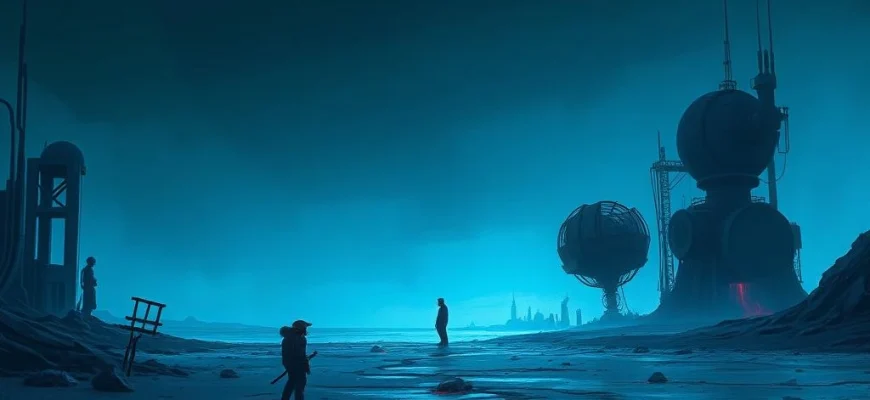If you're a fan of the surreal and dystopian horror of 'Mindwarp' (1992), you'll love these 10 similar movies and shows that blend psychological terror, sci-fi twists, and post-apocalyptic chaos. This list is perfect for those who crave mind-bending narratives and dark, atmospheric storytelling.
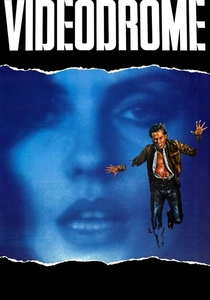
Videodrome (1983)
Description: Explores themes of media manipulation and altered states of consciousness, with a dark, hallucinatory aesthetic that challenges perceptions of reality.
Fact: The film's special effects were groundbreaking for their time, particularly the 'living TV' sequences. It has since become a cult classic for its commentary on technology and human desire.
 Watch Now
Watch Now 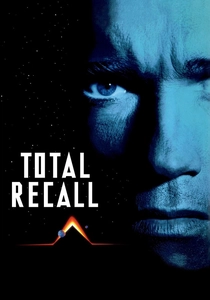
Total Recall (1990)
Description: A high-octane sci-fi adventure that plays with memory and identity, set in a futuristic world where reality can be artificially implanted.
Fact: The film's Mars sequences were shot in Mexico City's Churubusco Studios. It features one of the most expensive special effects shots of its time, the 'X-ray scene.'
 Watch Now
Watch Now 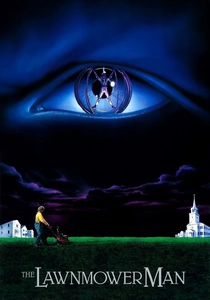
The Lawnmower Man (1992)
Description: A sci-fi horror film exploring virtual reality and its potential to alter human consciousness, with psychedelic visuals and a dark, transformative narrative.
Fact: The film was loosely based on a Stephen King story but deviated significantly. It was one of the first movies to heavily feature CGI, particularly in its virtual reality sequences.
 Watch Now
Watch Now 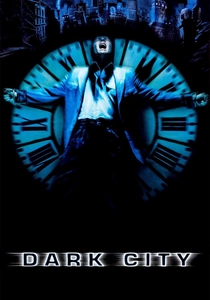
Dark City (1998)
Description: A neo-noir sci-fi film with a dystopian setting where reality is constantly reshaped by unseen forces, creating a sense of paranoia and disorientation.
Fact: The film was initially released without its intended opening narration, which was later restored in the director's cut. Its visual style heavily influenced later sci-fi films.
 Watch Now
Watch Now 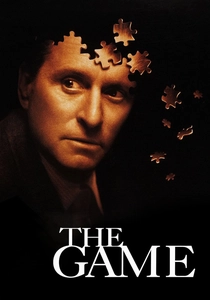
The Game (1997)
Description: A psychological thriller where a man's life unravels as he participates in a mysterious game that blurs the lines between reality and fiction.
Fact: The film's twist ending was kept highly secretive, with actors given only portions of the script. The production used real locations in San Francisco to enhance the film's realism.
 Watch Now
Watch Now 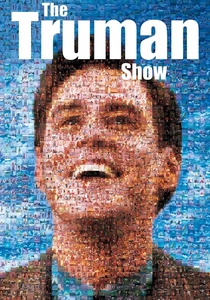
The Truman Show (1998)
Description: A satirical drama about a man who unknowingly lives his entire life on a television set, questioning the authenticity of his reality and the nature of free will.
Fact: The film's concept was inspired by an episode of 'The Twilight Zone.' The town of Seahaven was a real planned community in Florida, built specifically for the film.
 Watch Now
Watch Now 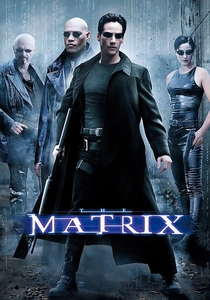
The Matrix (1999)
Description: Revolutionary in its depiction of a simulated reality, blending cyberpunk aesthetics with philosophical questions about free will and perception.
Fact: The film's 'bullet time' effect was achieved using a rig of still cameras and became iconic. It won four Academy Awards for its technical achievements.
 Watch Now
Watch Now 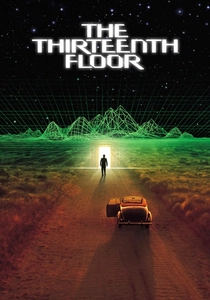
The Thirteenth Floor (1999)
Description: A sci-fi mystery that questions the nature of reality, featuring a layered narrative where characters discover their existence might be simulated.
Fact: The film was overshadowed by the release of 'The Matrix' the same year but has gained a following for its philosophical undertones and noir-inspired visuals.
 Watch Now
Watch Now 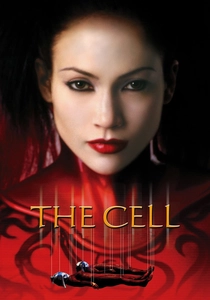
The Cell (2000)
Description: A psychological thriller that delves into the human mind, featuring surreal and nightmarish visuals that blur the line between reality and imagination.
Fact: The film's costume design was inspired by the works of Alexander McQueen and featured elaborate, dreamlike outfits. It was one of the first films to use extensive CGI to create its surreal landscapes.
 Watch Now
Watch Now 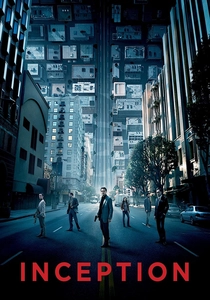
Inception (2010)
Description: A mind-bending heist film set within dreams, featuring intricate layers of reality and stunning visual effects that challenge the viewer's perception.
Fact: The rotating hallway fight scene was achieved with a practical set, not CGI. The film's score by Hans Zimmer includes a slowed-down version of Edith Piaf's 'Non, Je Ne Regrette Rien.'
 Watch Now
Watch Now 
